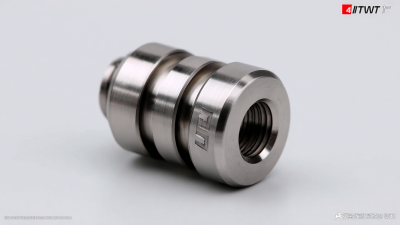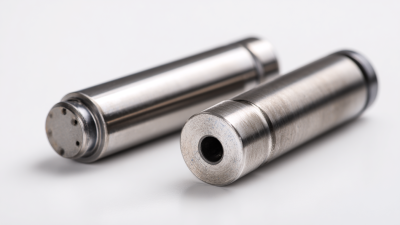Leave your message now to get your free sample and discount price
Leave your message now to get your free sample and discount price
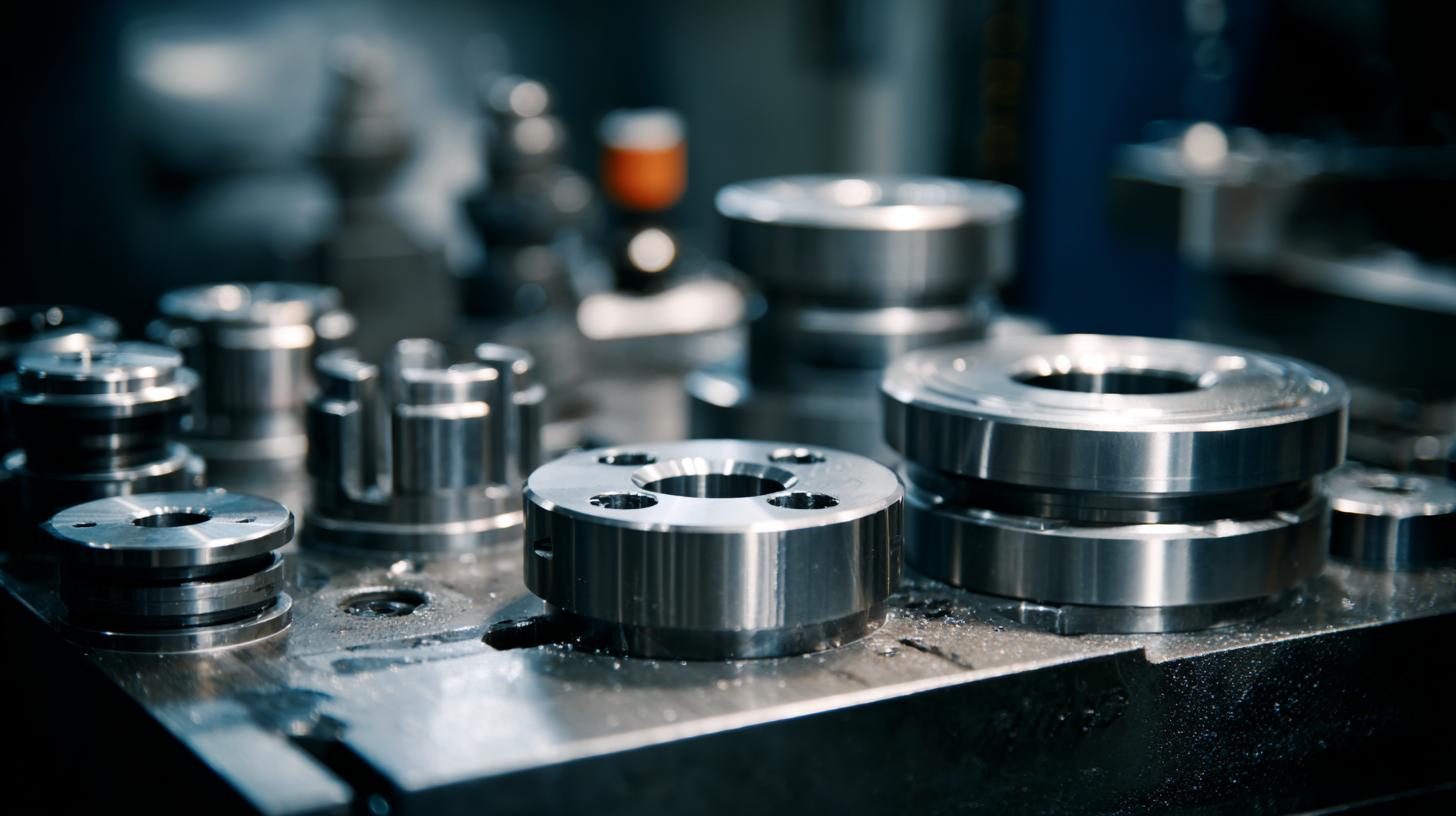 In the rapidly evolving landscape of modern manufacturing, the introduction of advanced materials has transformed the industry in ways previously unimaginable. Among these innovations, Tungsten Tooling has emerged as a game-changer, offering a plethora of advantages that enhance productivity and efficiency. According to a recent report by MarketsandMarkets, the global tungsten market is projected to reach $2.5 billion by 2026, emphasizing the growing importance of tungsten in manufacturing processes. Tungsten Tooling stands out for its exceptional hardness, high melting point, and resistance to wear, making it ideal for precision machining and cutting applications. As manufacturers strive to meet the increasing demand for high-quality products while optimizing operational costs, the adoption of Tungsten Tooling has become a pivotal strategy to gain a competitive edge in the market.
In the rapidly evolving landscape of modern manufacturing, the introduction of advanced materials has transformed the industry in ways previously unimaginable. Among these innovations, Tungsten Tooling has emerged as a game-changer, offering a plethora of advantages that enhance productivity and efficiency. According to a recent report by MarketsandMarkets, the global tungsten market is projected to reach $2.5 billion by 2026, emphasizing the growing importance of tungsten in manufacturing processes. Tungsten Tooling stands out for its exceptional hardness, high melting point, and resistance to wear, making it ideal for precision machining and cutting applications. As manufacturers strive to meet the increasing demand for high-quality products while optimizing operational costs, the adoption of Tungsten Tooling has become a pivotal strategy to gain a competitive edge in the market.
Tungsten tooling has emerged as a pivotal innovation in modern manufacturing, offering a myriad of benefits for various industrial applications. At its core, tungsten is lauded for its remarkable hardness and durability, making it an excellent choice for tools used in high-precision machining and cutting processes. The unique properties of tungsten, including its resistance to wear, high melting point, and stability at elevated temperatures, contribute significantly to the efficiency and longevity of manufacturing equipment.
What sets tungsten tooling apart is not just its strength, but also its ability to maintain sharp edges over extended periods. This feature minimizes downtime for tool changes and reduces the frequency of maintenance, translating to cost savings for manufacturers. Furthermore, tungsten’s density allows for improved stability and balance in cutting operations, leading to enhanced precision and quality in finished products. As industries continue to seek ways to optimize production and reduce waste, tungsten tooling stands out as a reliable solution that meets the demands of contemporary manufacturing challenges.
Tungsten tooling presents numerous key benefits that significantly enhance manufacturing processes. One of the primary advantages is its exceptional hardness, which allows tungsten tools to maintain sharp edges for extended periods. This durability leads to reduced downtime for tool changes and increases overall productivity on the shop floor. Furthermore, tungsten’s resistance to wear and tear ensures that tools can withstand the rigors of high-speed machining without sacrificing precision.
Tip: When implementing tungsten tooling, consider a gradual transition by initially adopting tungsten tools in high-wear applications. This approach helps to mitigate any potential learning curve and allows for observation of performance enhancements before a full-scale rollout.
Another benefit of tungsten tooling is its effectiveness in high-temperature environments. The material exhibits great thermal stability, making it ideal for processes that involve intense heat, such as metalworking and mold-making. This quality not only improves the longevity of the tools but also enhances the quality of the finished products due to consistent machining conditions.
Tip: Always ensure proper cooling and lubrication when using tungsten tools at high speeds to maximize their performance and maintain optimal cutting conditions. This practice further extends the life of the tools and improves machining efficiency.
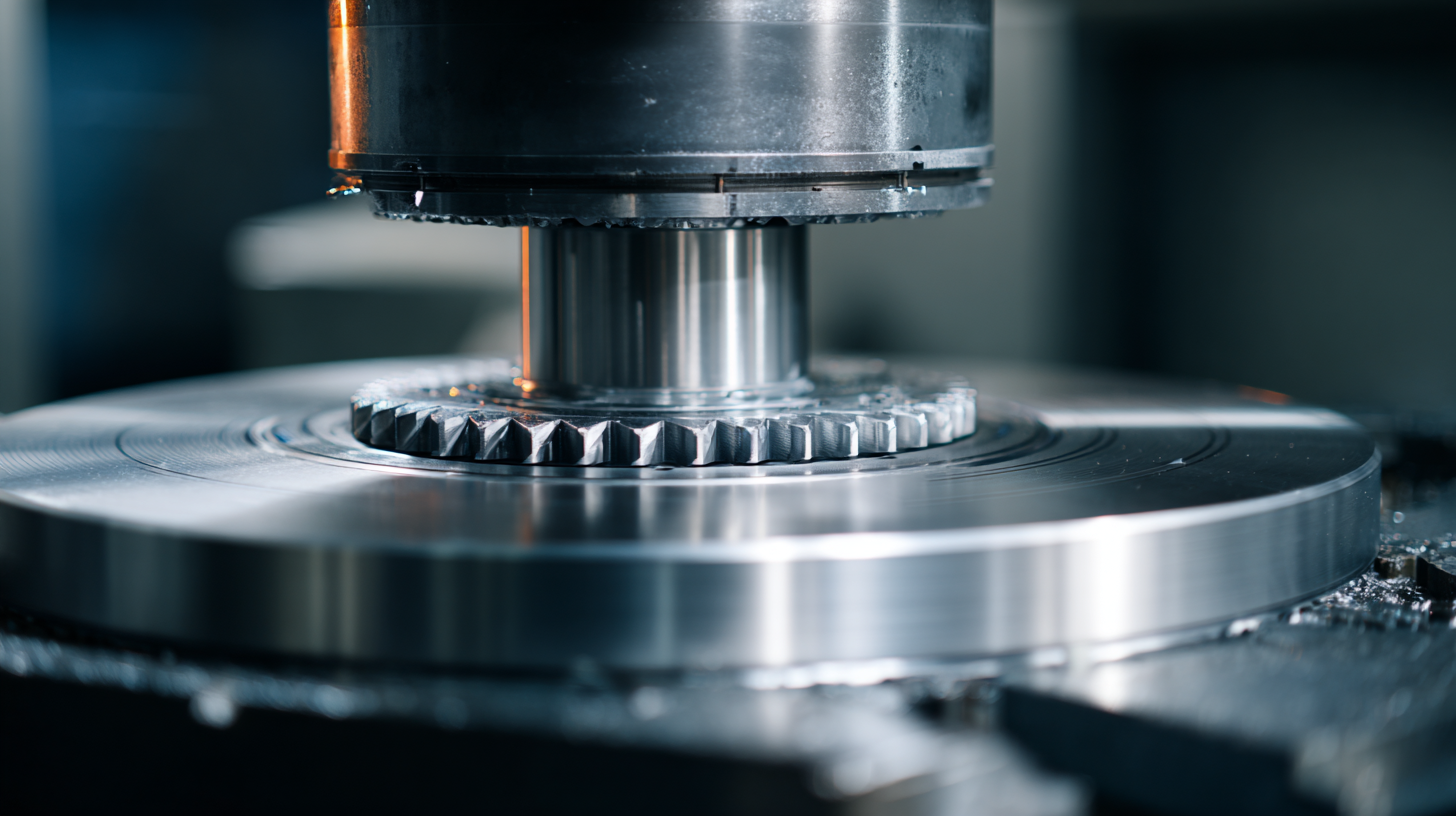
Tungsten tooling is revolutionizing modern manufacturing by offering distinct advantages over traditional materials. A comparative analysis reveals that tungsten boasts a hardness level of 9 on the Mohs scale, making it significantly harder than conventional steel, which typically ranks between 4 to 8. This increased hardness allows tungsten tools to maintain their cutting edge longer, reducing the frequency of replacements and thus minimizing downtime in production processes. According to a recent report by TechNavio, the tungsten tooling market is expected to grow at a CAGR of 6.5% from 2023 to 2027, underscoring its rising prominence in the industry.
When considering the performance of tungsten versus traditional tools, it's noteworthy that tungsten's excellent thermal conductivity enables higher cutting speeds and improved surface finish quality. Standard carbon steel tools may struggle under high thermal conditions, often leading to tool deformation or failure. Industry experts suggest that manufacturers switching to tungsten tooling can experience productivity boosts of up to 30%, which significantly enhances overall operational efficiency.
Tip: When transitioning to tungsten tooling, ensure compatibility with your existing machinery to avoid performance issues. Additionally, implementing a regular maintenance schedule can further extend the lifespan of tungsten tools. Remember, investing in quality tooling can yield substantial long-term savings.
The tungsten tooling industry is experiencing a significant transformation as its applications expand across various manufacturing sectors. Tungsten's unique properties—such as high density, hardness, and resistance to heat—make it an indispensable material in enhancing the performance of tooling processes. In industries ranging from aerospace to automotive and electronics, tungsten tooling is used to produce precision parts that meet stringent quality demands. Its ability to withstand extreme conditions ensures that manufacturers can maintain productivity while minimizing wear and replacement costs.
The increasing demand for tungsten in diverse applications is driving market growth. In 2024, the Middle East tungsten market was valued at approximately USD 41.6 million and is anticipated to reach USD 61.9 million by 2033, showcasing a compound annual growth rate of 4.4%. This growth reflects a broader trend seen globally, as the tungsten market is set to grow from USD 1.39 billion in 2025 to an expected USD 3.5 billion by 2026. As more industries recognize the benefits of tungsten tooling, the investment in this material is likely to propel innovation and efficiency in manufacturing processes, solidifying its role as a crucial element in modern production technologies.
This chart illustrates the applications of tungsten tooling in various industries, showcasing the percentage of usage across sectors such as aerospace, automotive, electronics, and medical device manufacturing.
As the landscape of manufacturing evolves, tungsten tooling technology is poised to play a pivotal role in future production methods. Innovations in tungsten alloys are enhancing the material's durability and performance, enabling manufacturers to push the boundaries of precision and efficiency. The integration of advanced composite materials is reducing weight without compromising strength, making tungsten tools more versatile across various applications. Furthermore, the advent of additive manufacturing techniques allows for the creation of complex tooling geometries that were previously unachievable, thereby optimizing production processes.
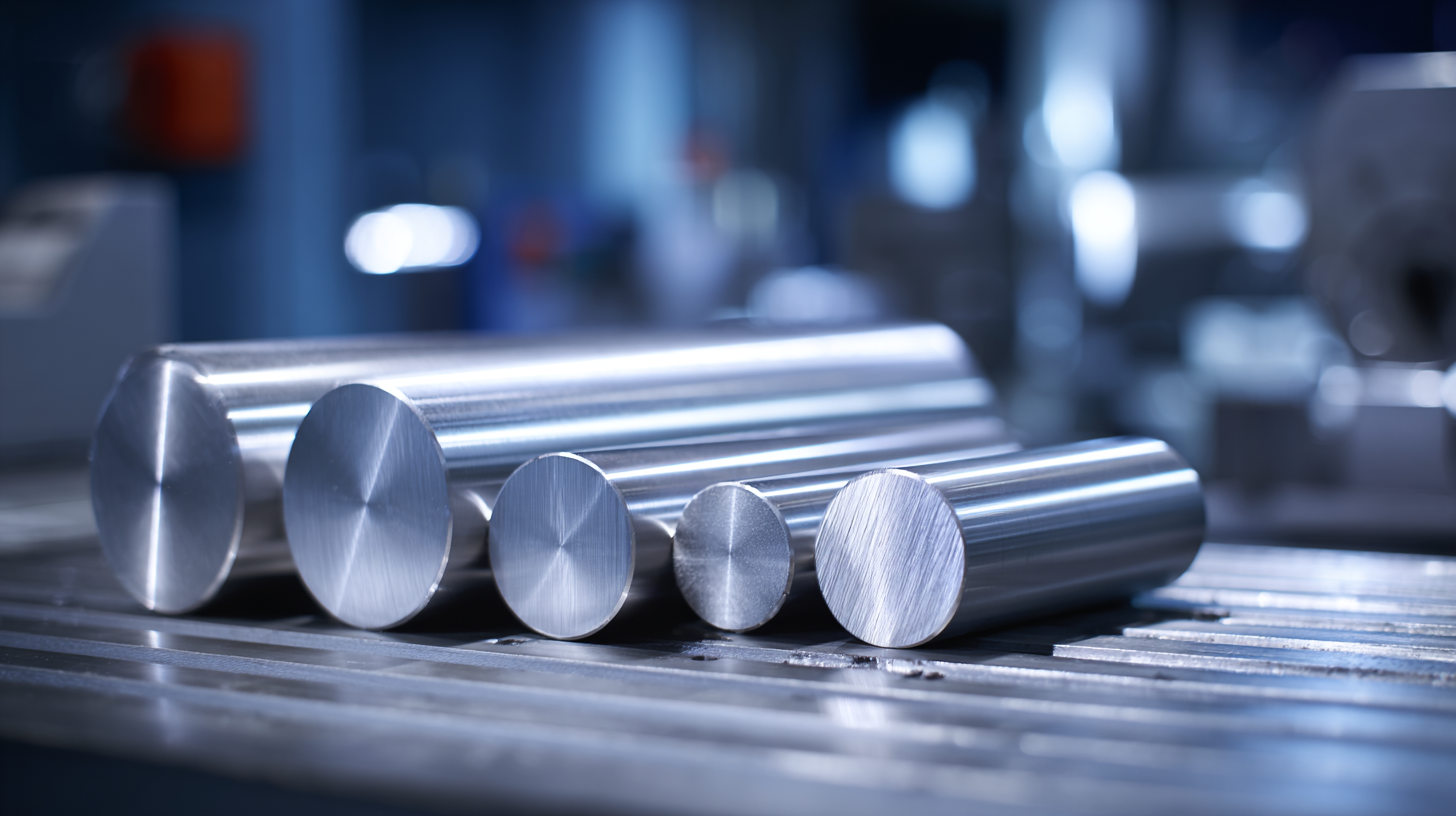
In addition to advancements in material science, the rise of smart manufacturing technologies is transforming how tungsten tooling is utilized in production environments. The incorporation of IoT-enabled sensors and data analytics into tooling systems provides real-time insights into performance and wear, allowing for predictive maintenance and extended tool life. As manufacturers increasingly adopt Industry 4.0 principles, the synergy of tungsten tooling with digital technologies will enhance operational efficiency and streamline the entire manufacturing workflow. Ultimately, the future of tungsten tooling is not only about improving material properties but also about integrating innovative technologies that redefine manufacturing excellence.



